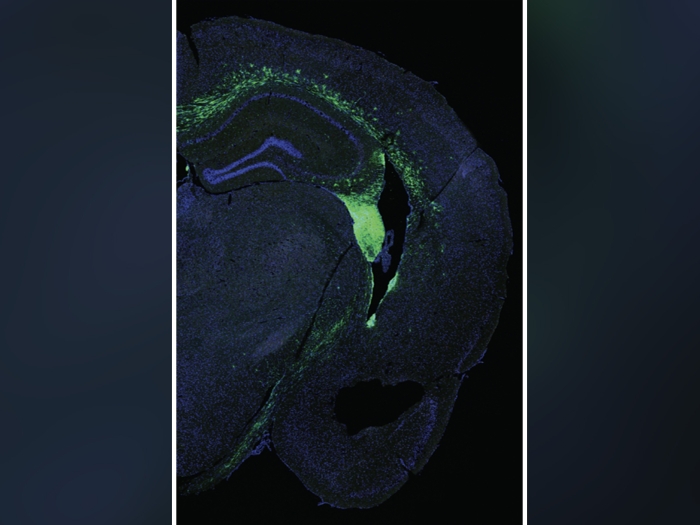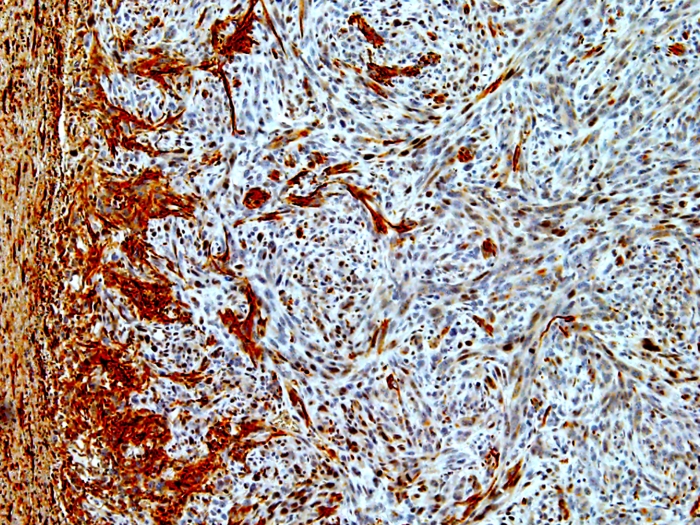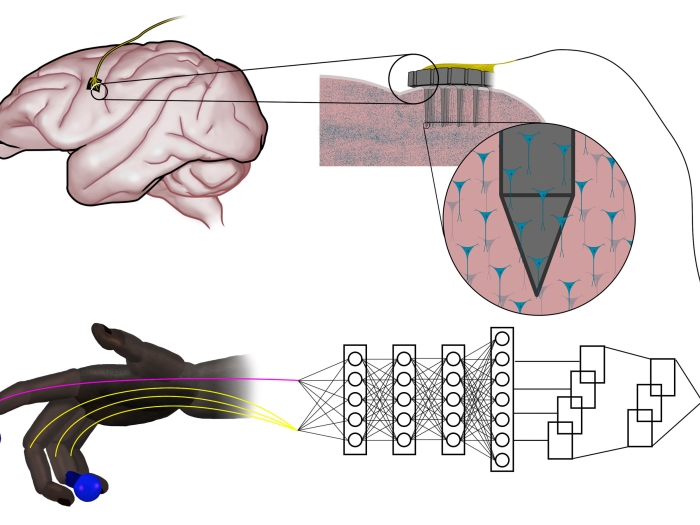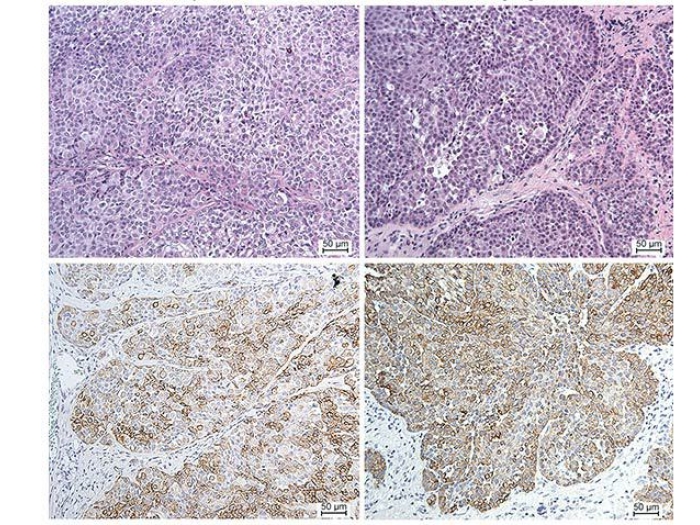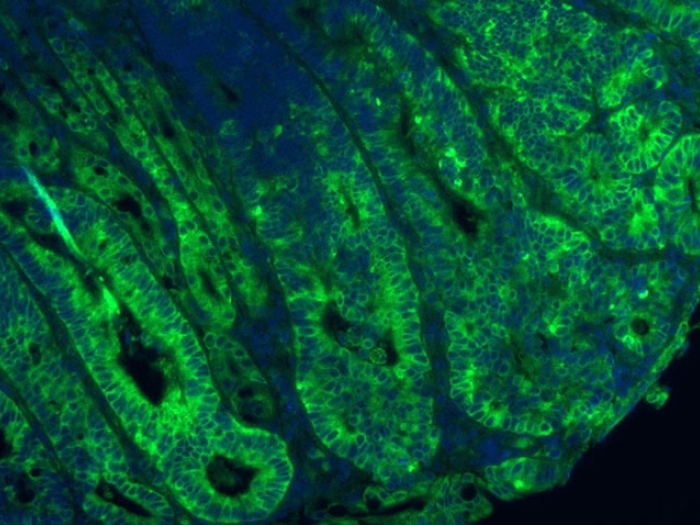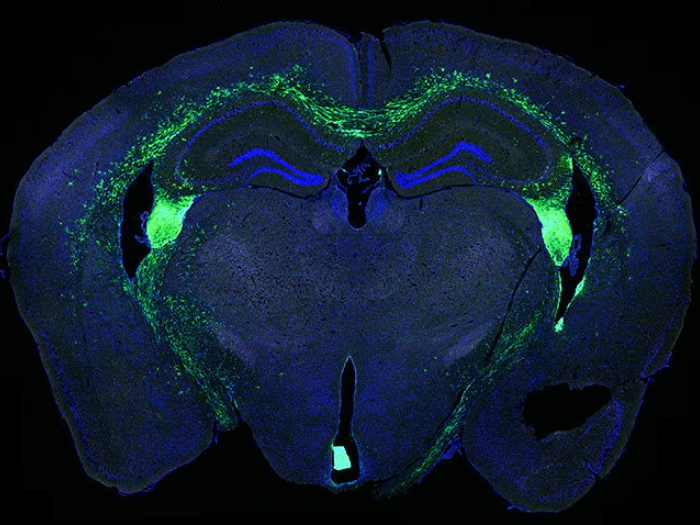Researchers develop a mathematical model of a cell’s response to disease-causing unfolded proteins.
1:00 PM
Author |

Just as a messy home or dozens of unopened emails can be the physical manifestation of a person's stress, accumulations of unfolded proteins are enough to trigger a stress response inside a cell. And just like picking up clutter or clearing out an inbox can help reduce stress levels, the so-called unfolded protein response is a cell's alert that it's time to clean up.
LISTEN UP: Add the new Michigan Medicine News Break to your Alexa-enabled device, or subscribe to our daily audio updates on iTunes, Google Play and Stitcher.
A featured player in the unfolded protein response is a tiny organelle inside cells called the endoplasmic reticulum, or ER. For the ER, dealing with unfolded proteins efficiently is important because ER stress can lead to a host of serious diseases, from diabetes to cancer. Scientists have recently uncovered how ER stress leads to the unfolded protein response, but they don't fully understand the complicated molecular steps behind its activation.
A team of Michigan Medicine researchers working with scientists from the Technion – Israel Institute of Technology has developed a simple model that explains how the ER is able to efficiently launch this protein cleanup response.
MORE FROM MICHIGAN: Sign up for our weekly newsletter
"Our question was, what's the best way to count unfolded proteins inside the ER to trigger the stress response?" says Wylie Stroberg, Ph.D., a postdoctoral fellow in U-M's department of Molecular & Integrative Physiology.
Essentially, there are two possible ways an ER can signal a potential issue: by counting the number of unfolded proteins directly or by counting the number of chaperones, which as the name suggests, make sure a protein doesn't get into any trouble. "A chaperone is a protein that will bind to an unfolded protein to either prevent it from misfolding or from forming clumps with other proteins," explains Stroberg.
SEE ALSO: Stressed-Out Cells Pack Away Their Most Precious RNA, Researchers Find
An unchaperoned protein that fails to fold properly can wreak havoc, leading to protein-folding diseases such as Alzheimer's, Parkinson's and cystic fibrosis. Understanding the ER stress response more fully could point the way to eventual therapies.
Stressed-out
Once the ER has sensed the presence of too many unfolded proteins, the first thing it does is attempt to stop the production of new proteins. Next, it increases the number of chaperones and other enzymes to help proteins fold. If stressed for a long enough period, the cell will, for the survival of the organism, self-destruct.
"To be efficient, cells must turn on this response at a precise time and off at a precise time," says Stroberg. The team's model suggests that assessing the number of chaperones as well as the number of unfolded proteins allows the cell the best control over this stress response.
"Our work provides a design principle that can be used to construct synthetic systems and shed light on the performance and adaptation of biological sensors," says Yonatan Savir, Ph.D., of Technion Israel. His lab is studying information processing in biological systems and failure of this processing in aging cells.
Meeting of the minds
Together with the Michigan team, led by Santiago Schnell, D.Phil., interim chair of Molecular & Integrative Physiology, the researchers plan to test their model in yeast cells, introducing and removing stress to watch the unfolded protein response turn on and off.
Their paper, published in Molecular Biology of the Cell, is one of the first resulting from a project by Savir and Schnell funded through the Michigan-Israel Partnership for Research and Education. The Michigan-Israel Partnership initiative was launched in 2012 to foster innovation and collaboration in the areas of biomedical sciences.
Says Savir, "Funding for this partnership allows us to exchange ideas, have multiple visits of our lab members both at Technion and U-M and facilitates the creation of a vibrant community that we hope will continue to flourish."

Explore a variety of health care news & stories by visiting the Health Lab home page for more articles.

Department of Communication at Michigan Medicine
Want top health & research news weekly? Sign up for Health Lab’s newsletters today!
